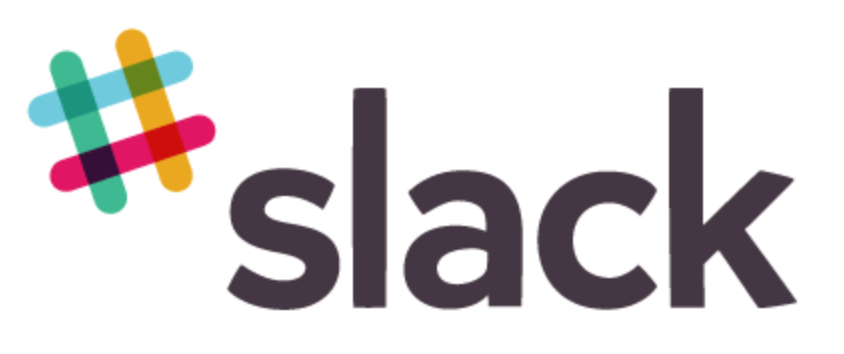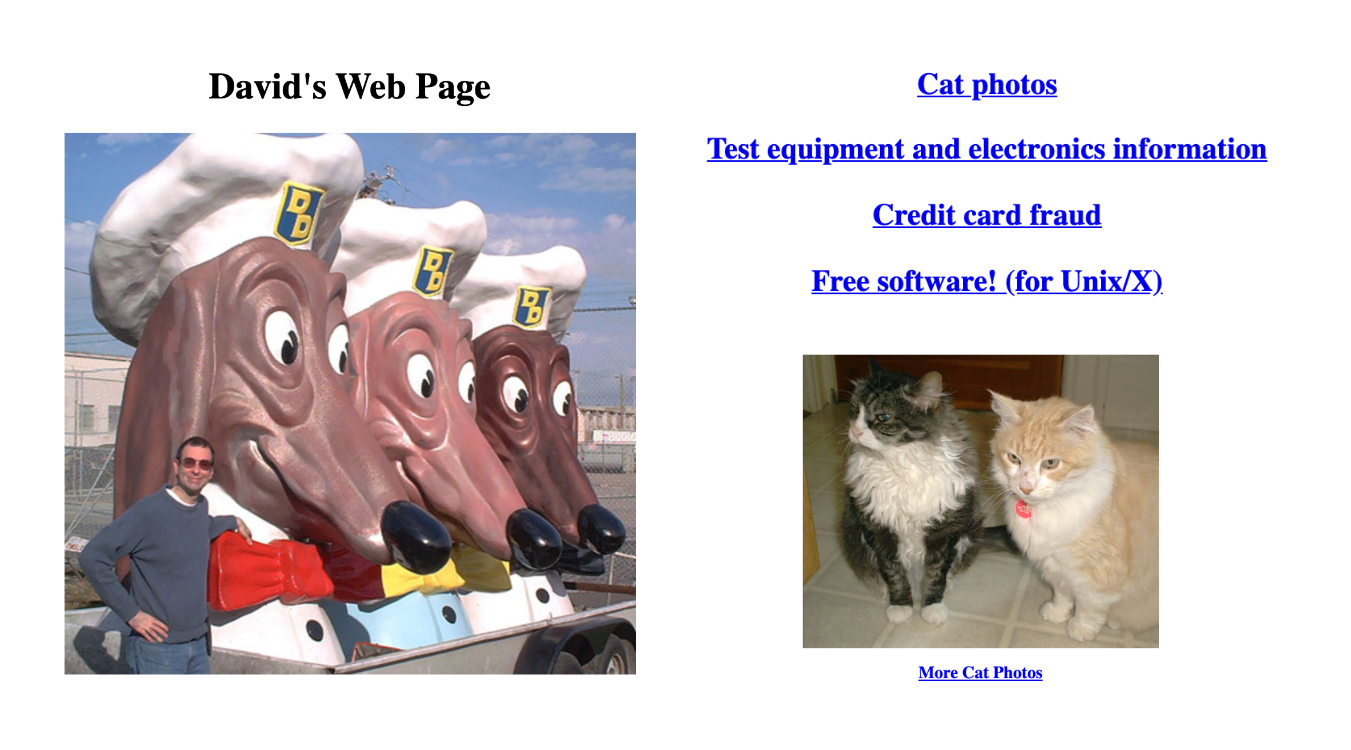"You're calling it Slack?"

It kept coming up. Someone would be talking about the app and then shake their head at the name. Sometimes us. Sometimes one of our venture backers. Sometimes a customer, with a question mark on the end: “You’re calling it Slack?” (This was often followed by "Does that make you... Slackers?")
Slack was the original codename Stewart used when pitching the idea — the title page of the pitch deck, in fact, said codename /slack in the bold, chunky slab font that was used for board decks at the time.

It was short and snappy and kind of silly. It had a weird double-meaning: a positive connotation suggesting looseness and flexibility, paired with a negative connotation of laziness and inattention.
Popular legend has it that Slack is a backronym of Searchable Log of All Conversation and Knowledge. There are very authoritative-looking messages in Slack's own instance of Slack to support this. However, there are equally authoritative-looking messages stating that Stewart started with "slack" because he was into the idea of building software that could give more flexibility to teams and organizations, then craftily figured out the whole Searchable Log thing afterwards, a sort of reverse-double backronym. Feel free to pick whichever version of the story makes you happiest.
We undertook a roundabout search for alternatives to the name "Slack," mostly while bullshitting before or after a meeting. (Much of this bullshitting happened in our own product, which was already clearly labeled Slack.) Like all startups, we needed something that was memorable and available. Like all people with a more squishy liberal arts bent, we wanted something evocative and vaguely metaphorical.
Either way, we needed something that we could purchase a good domain name for and clear with the trademark lawyers. Some ideas sounded cute at first but didn’t make any sense the more we thought about them, like Cedar and Pecan. We really liked Honeycomb, going so far as to purchase a couple of domains and do some rough logo designs, but had those dreams killed by a trademark search.
We tried a whole range of technical sounding ones like Circuit and Superset. Superset in particular was well-liked: “the superset of all your team communication!” But it was already taken. Loop.in was considered and discarded. Kitchen, or the Flickr-styled “Kitchn” was thrown around.
We made up some goofy ones, including chatly.io – a gentle joke at the expense of startups using alternative TLDs at the time under the .ly and .io suffixes. We even registered our iOS app under the name com.tinyspeck.chatlyio because we hadn’t settled on a name by the time we needed to make it available for our alpha users to download from the App Store. Slack's iOS app is, in fact, still registered under that name; by the time we secured slack.com in June of 2013, we had thousands of users on iOS and didn't want to make them download a new app. We also weren't confident that they would come back.
None of our naming ideas worked. We couldn’t agree, or when we could, we couldn’t get a reasonable domain or clear the trademark search. In the meantime, Slack was growing on all of us. In the strange way of such things, the name had taken on its own connotations in the context of the product. We were already casually using it: “Slack that to me,” or “I’ll be on Slack later.” It felt strangely natural and fun to say.

slack.com was occupied at the time by a Montana gentleman who hosted his personal website at the domain. “Slack is a kind of active sloth,” the header read. The page held links to a list of programming scripts and cat photos. We decided to ask him for the domain, offering $8K for it. He didn’t reply. We increased to $25K and offered to continue hosting his images and forwarding his email for a couple years. He replied briefly: not interested at that price.
Eric and Stewart strategized, weighing how much the domain was worth to us and how much we thought the owner was attached to it. They landed on an offer of $60K. He accepted. After drawing up a legal contract detailing the scope of image hosting, email forwarding, and support for these services, the domain was transferred. slack.com was ours. Our product would be called Slack.
With our name settled, our product working well for other companies, and our alpha customer base growing rapidly, we were ready to introduce Slack to a wider audience. We put up our first version of slack.com in early June of 2013.

We had two months to our next milestone: Slack's preview release, when we'd announce what we'd been working on and begin inviting complete strangers to try it out.
Errata
We were bound to make an error sooner or later. We chose "sooner." In Monday's newsletter about Slack's MVP, we erroneously said that we moved ourselves to Slack on February 14th, 2014. That was obviously 2013. Thank you to Cal for spotting this.
